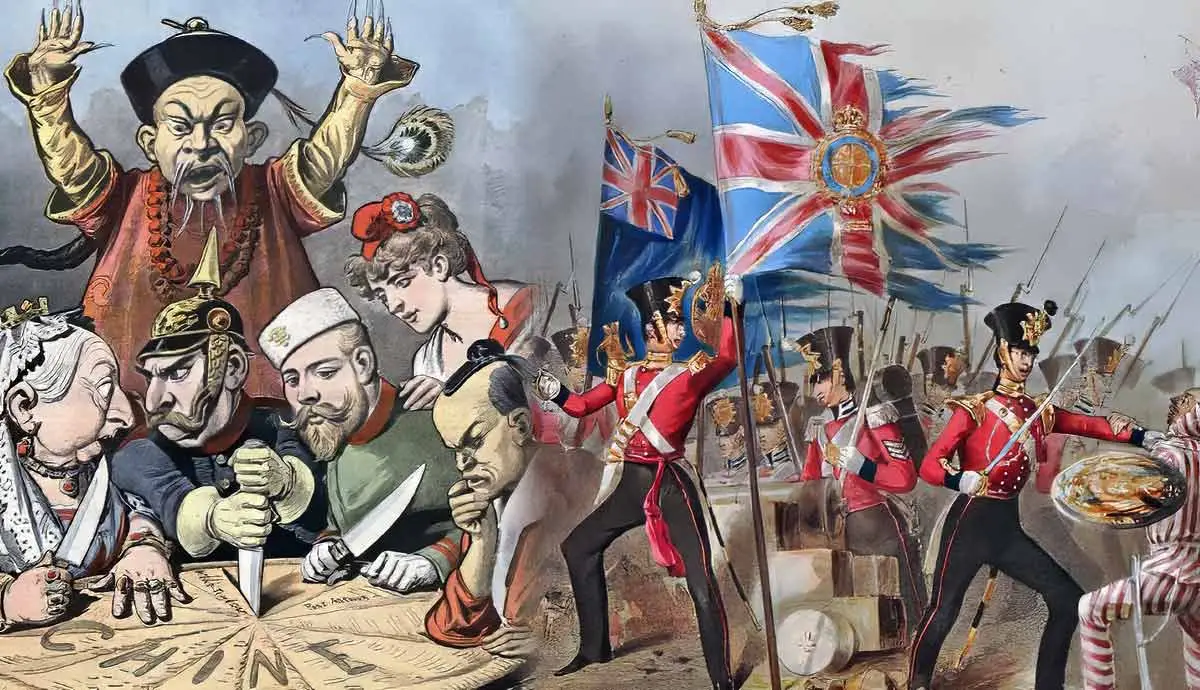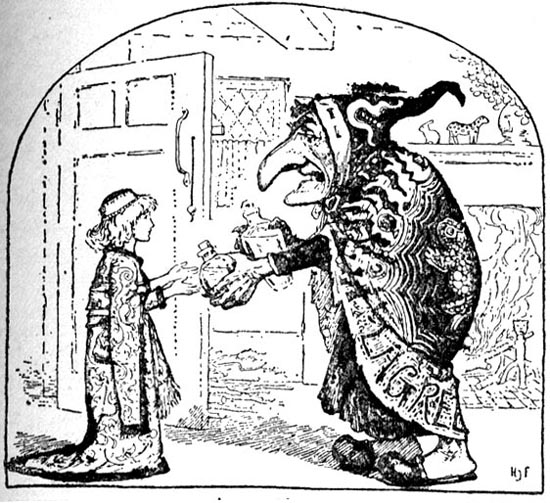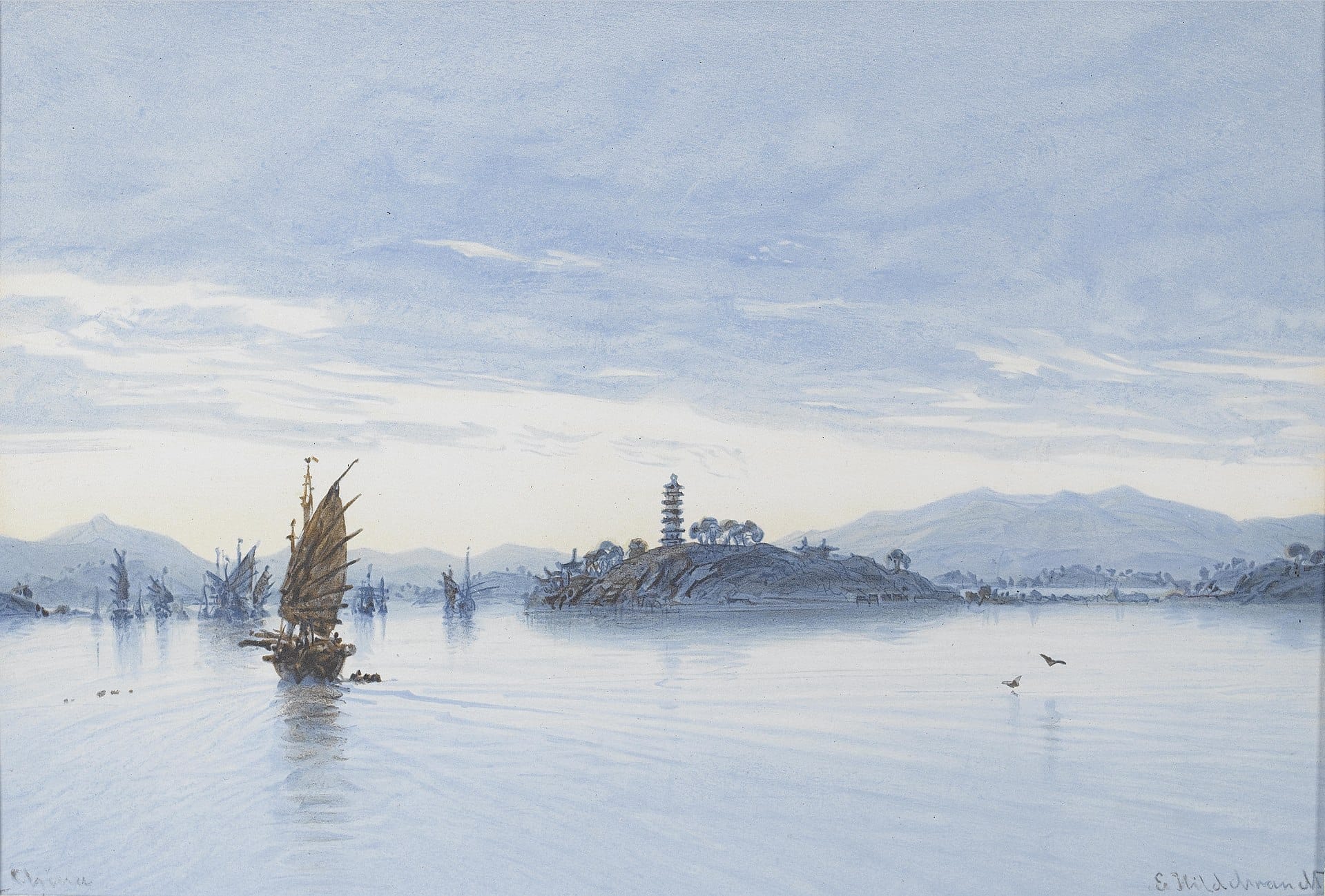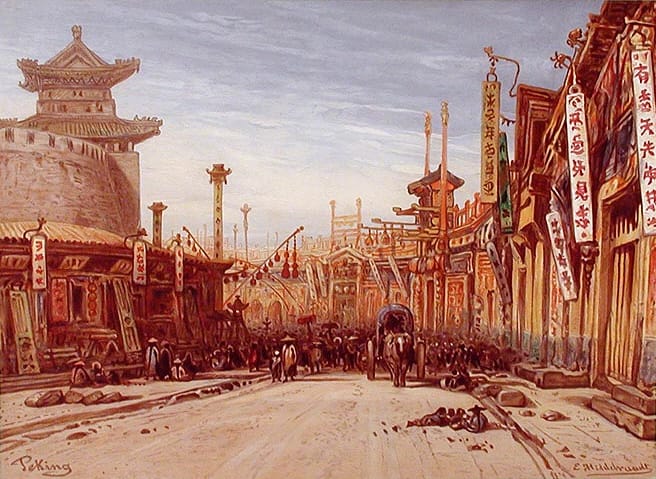Imperialist Fictions

Is it a coincidence that in 1900, when most of the earth’s peoples were under foreign domination, and disease wiped out more indigenous populations than at any other time in history, that European and American writers produced some of the finest fantasy and science fictions?
The China of The Wonderful Wizard of Oz belongs in the same tradition that produced Jules Verne and H.G. Wells, H. Rider Haggard’s Africa, Andrew Lang’s Fairy Books, James Barrie’s Neverland and so on. Baum himself subscribed to all this nostalgic daydreaming, holding seances at the family table in the hope of communicating with the dead and even discovering a ghost in an upstairs room. The illustration below is not Dorothy and the Wicked Witch of the West although it could be; it's from Andrew Lang's Yellow Fairy Book (1894).

In the United States, views on China and Asia generally continued to be hostile. Jack London, who briefly was a war correspondent in the Russo-Japanese War in 1904, published his own essay on The Yellow Peril in June of that year. It is sympathetic to Japanese expansionism (he refers to them as the "brown people"), viciously dismissive of the Koreans and ambivalent about the Chinese (the "yellow people"):
The menace to the Western world lies, not in the little brown man, but in the four hundred millions of yellow men should the little brown man undertake their management. The Chinese is not dead to new ideas; he is an efficient worker; makes a good soldier, and is wealthy in the essential materials of a machine age. Under a capable management he will go far. The Japanese is prepared and fit to undertake this management. Not only has he proved himself an apt imitator of Western material progress, a sturdy worker, and a capable organizer, but he is far more fit to manage the Chinese than are we. The baffling enigma of the Chinese character is no baffling enigma to him.
London resumed this ugly theme in the 1910 short story The Unparalleled Invasion, which is set in 1976. After initially being under Japanese control, China's population grows rapidly and outward migration overwhelms other countries. This is all part of a strategy and is followed by conquest. Feeling threatened, the United States and the other Western powers use plague germs against China, destroying its population.
During all the summer and fall of 1976 China was an inferno. There was no eluding the microscopic projectiles that sought out the remotest hiding-places. The hundreds of millions of dead remained unburied and the germs multiplied themselves, and, toward the last, millions died daily of starvation. Besides, starvation weakened the victims and destroyed their natural defences against the plagues. Cannibalism, murder, and madness reigned. And so perished China.
Any survivors are put to death. The country recolonized by the West.

The paintings above and below are by German landscape painter Eduard Hildebrandt, who visited China in 1862-1864. He traveled extensively - the Asia, Americas, Egypt... These paintings fit neatly into Orientalist imagery because Westerners' impressions of China were based on paintings like these. Below are two paintings of Beijing.


